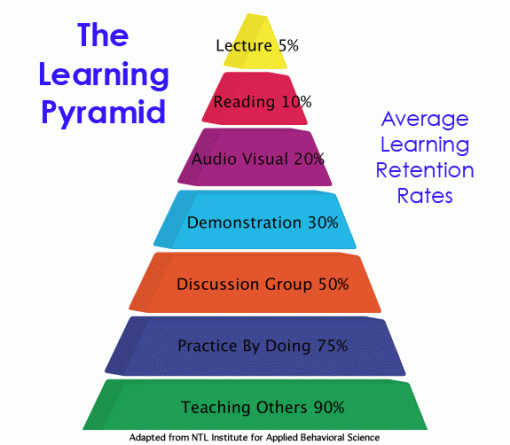After watching Bill Wasik’s “Big Think” talk about short media content, I came to the conclusion that some media will always be free. It’s called supply and demand.
Wasik believes that the up side of content on the web today is the ease of creation/use and ability to reach niche markets. He uses Chris Anderson’s Long Tail theory as an example and thinks this is why YouTube is so successful. But he argues that consumers want this media so quickly that having to be delayed 30 seconds to pay for it is time wasted and enough to make someone search elsewhere. I couldn’t agree more and am willing to admit that even creating a log-in is sometimes enough to make me find my content somewhere new.
He goes on to suggest that the Kindle may be the business model of the future. I agree and disagree with this prediction. We are led to believe that people are willing to pay for things that they find valuable – i.e. traditional media created by professionals (books, essays, music, movies, ect). But newspapers are an excellent example of how traditional media was killed by “free.” Consumers refused to pay for subscriptions to newspapers who were just regurgitating what could be read online the day before. People wanted news faster and they wanted to know about the things in their lives. So bloggers took over and filled the web with instantaneous information about everything – from your neighborhood to your favorite radio station. Newspapers can no longer turn huge profits even from their web-content.
Digital copies of music, movies, and books are being illegally downloaded and traded everyday while amateur artists give their content away willing, increasing the consumer appetite for free. But I feel that people will still shell out money, even down the road, for extended content. HD movies, Harry Potter novels, and academic research are still worthy of being paid for. Short content, however, I feel is replaceable… and that’s the difference. A 30-second YouTube video is a dime a dozen and rarely makes history and until the short content is irreplaceable, no one will pay for it. And if someone tries to charge for it, the masses will go somewhere else…
